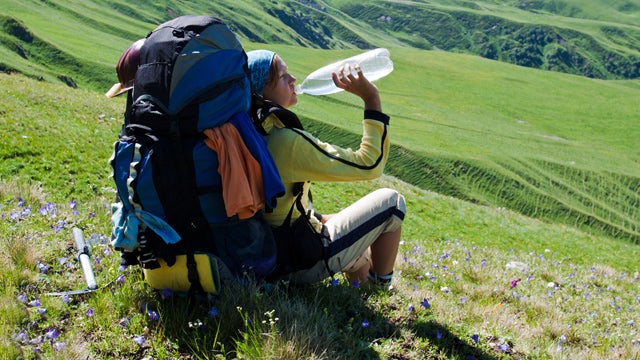5 Ways to Treat Your Water in the Backcountry
Regardless of how clear and clean the fresh mountain stream burbling past your campsite may look, don’t drink it without treating it.
Microscopic pathogens in your water are invisible to the naked eye, but they still cause diarrhea, cramps, vomiting, and fever. And those are just one example of the dangers lurking in your untreated backcountry waterbottle.
There are three types of waterborn cooties that will make you sick: small protozoan cysts, like cryptosporidium, smaller bacteria, like E. coli, and smallest viruses, like hepatitis A—usually not a concern in North American water, but a danger for international travelers. All get into your water from feces.
Water may also contain chemicals you don’t want to drink, like fertilizer residues, or visible organic matter—dirt, tannins, silt—which might make rehydrating less than pleasant.
Use common sense when selecting your water source—steer clear of heavy agriculture, opt for a moving source, and get as far away from human and animal activity as you can get.
Fortunately there are many ways to kill microorganisms in your water, remove or break down chemicals, and strain off detritus. Here’s our handy how-to guide to cleaning up your drink:
Boiling
Iodine
Chlorine Dioxide
Filter
UV Light
Safe Drinking Water: Boiling
Don’t touch that water until you’ve used at least one of these methods
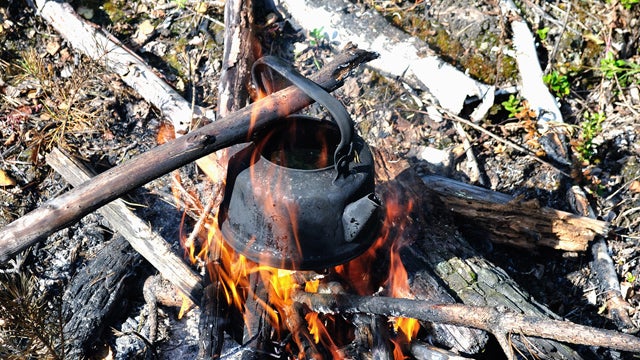
How it works: Whether you’re a backpacker or a whitewater boater, historically, the most common way to treat your water is boiling. Boiling your water for a minute kills anything living. In a high-mountain environment, it may be all you need.
Pros: Cheap—you don’t need any special equipment
Cons: Doesn’t remove chemicals or organic matter floating in your drink. It also takes time and fuel.
What you need: A stove, like , a campfire, or any other source of high temperature heat.
Safe Drinking Water: Iodine
Don’t touch that stream water until you’ve used at least one of these methods
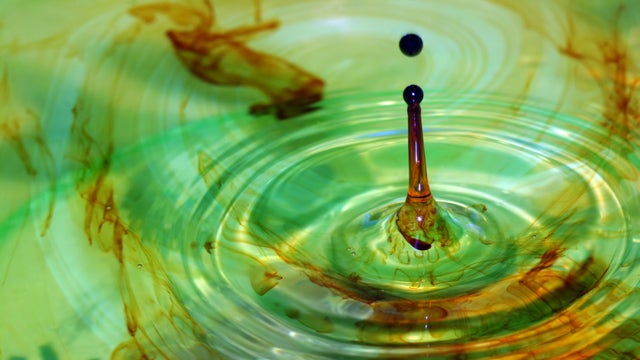
How it works: Iodine inactivates bacteria and other microorganisms, but no one knows exactly how. Usually, iodine comes in tablets that you dissolve in water and lets sit for 15 minutes or longer.
Pros: If’s one of the cheapest and easiest to carry solutions around.
Cons: Even “taste-free” iodine can taste bad, and iodine is not good for pregnant women or people with thyroid conditions. Iodine also doesn’t kill hard-shelled cryptosporidium, it doesn’t deactivate chemicals, and if your water has organic matter, you’ll need to filter that separately.
What you need: Water purification tablets, like , with taste neutralizer for those with a sensitive palette.
Safe Drinking Water: Chlorine Dioxide
Don’t touch that stream water until you’ve used at least one of these methods
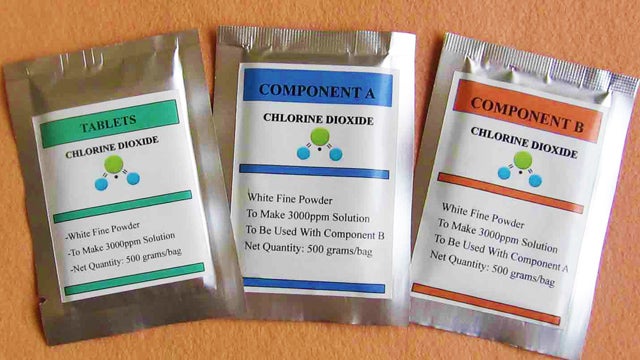
How it works: A chemical used in many public water supplies, chlorine dioxide breaks down cell walls to kill pathogens
Pros: Like iodine, it’s cheap and easy to carry, with no taste—or just a vague chlorine taste. Chlorine dioxide can also improve the taste of water by breaking down odor-causing bacteria.
Cons: Wait time. Chlorine dioxide can work in 15 minutes, or it can take up to four hours if your water is murky or extremely cold. And, organic matter needs to be removed separately.
What you need: Aqua Mira makes two versions of this water treatment—a and .
Safe Drinking Water: Filter
Don’t touch that stream water until you’ve used at least one of these methods
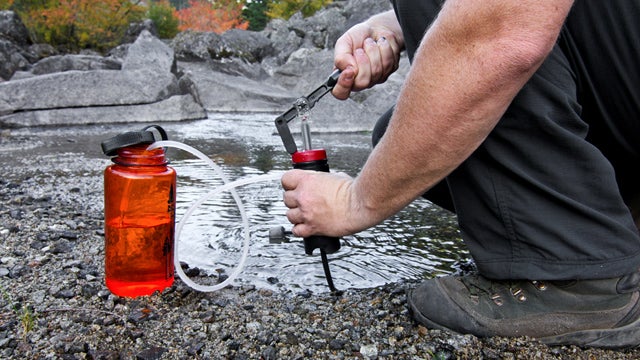
How it works: Filtering water, which physically strains it, skims off larger organisms like protozoa and bacteria, and removes chunks, but isn’t effective against viruses. So use it at home but not abroad, unless it is also a purfier. For international travel, always use a purifier effective against viruses, bacteria and protozoa.
Pros: Filters don’t run out, like chemical treatments. Some—gravity filters—don’t even require pumping, and they can handle a much larger volume of water easily. Some filters not only strain pathogens and organic matter, but also purify it. Those with carbon in the filter also make your water taste better.
Cons: Filters are bulkier and heavier than a small bottle of chemical treatment—though some waterbottle straw models are relatively compact and convenient. Unless a filter is also a purifier, it’s not the best choice for international travel—most can’t catch viruses. Filters can clog, so they may need field flushing and occasional chemical cleaning.
What you need: or the chemical-free are do-it-all purifying filters. Non-purifying filters include the and .
Safe Drinking Water: UV Light
Don’t touch that stream water until you’ve used at least one of these methods
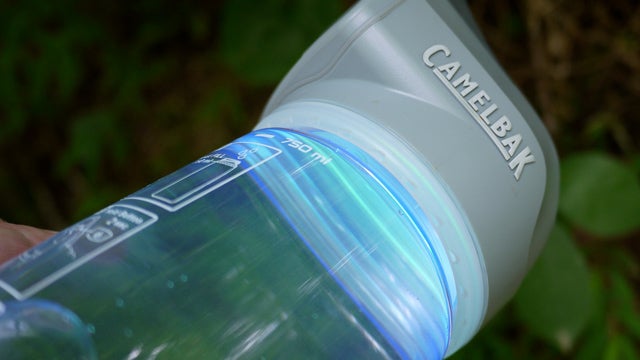
How it works: An ultraviolet light irradiates organisms in about 90 seconds. Usually all it requires is the press of a button.
Pros: The fastest solution available, and it doesn’t add chemicals to your drink.
Cons: Battery dependent, more fragile than other options, and it only cleans the water that the UV light can reach. A UV light for camping can treat about a liter at a time. And it won’t work in murky water.
What you need: is a pen style UV light. incorporates the UV light into the cap of the bottle.


